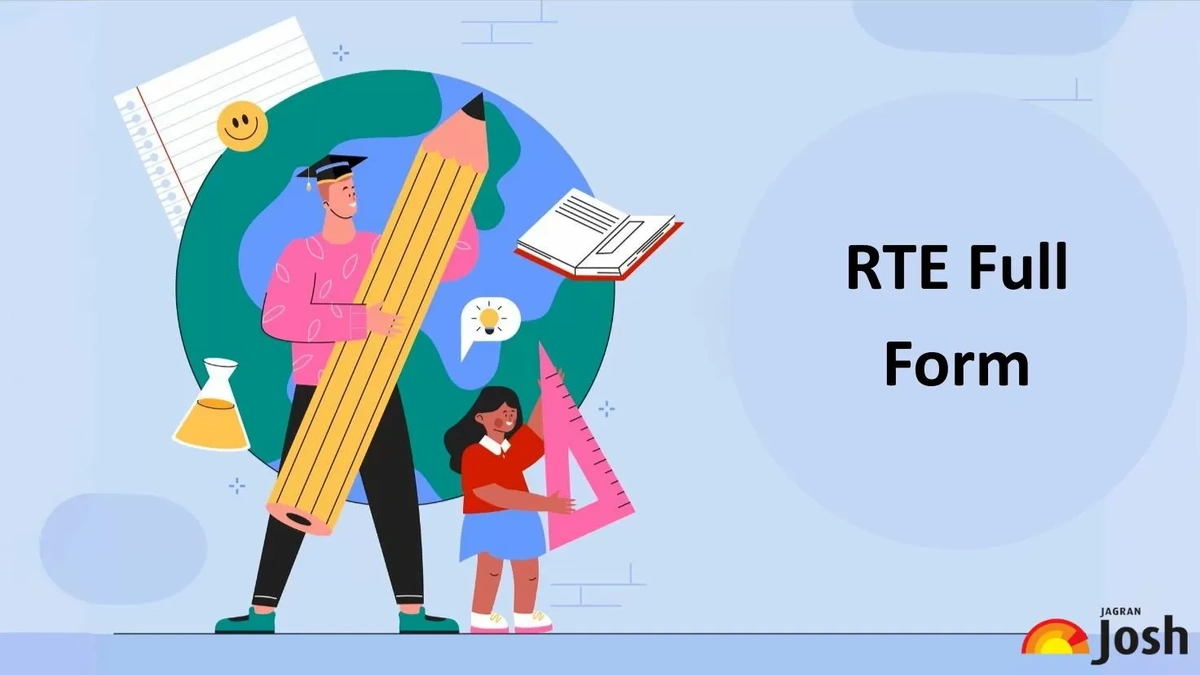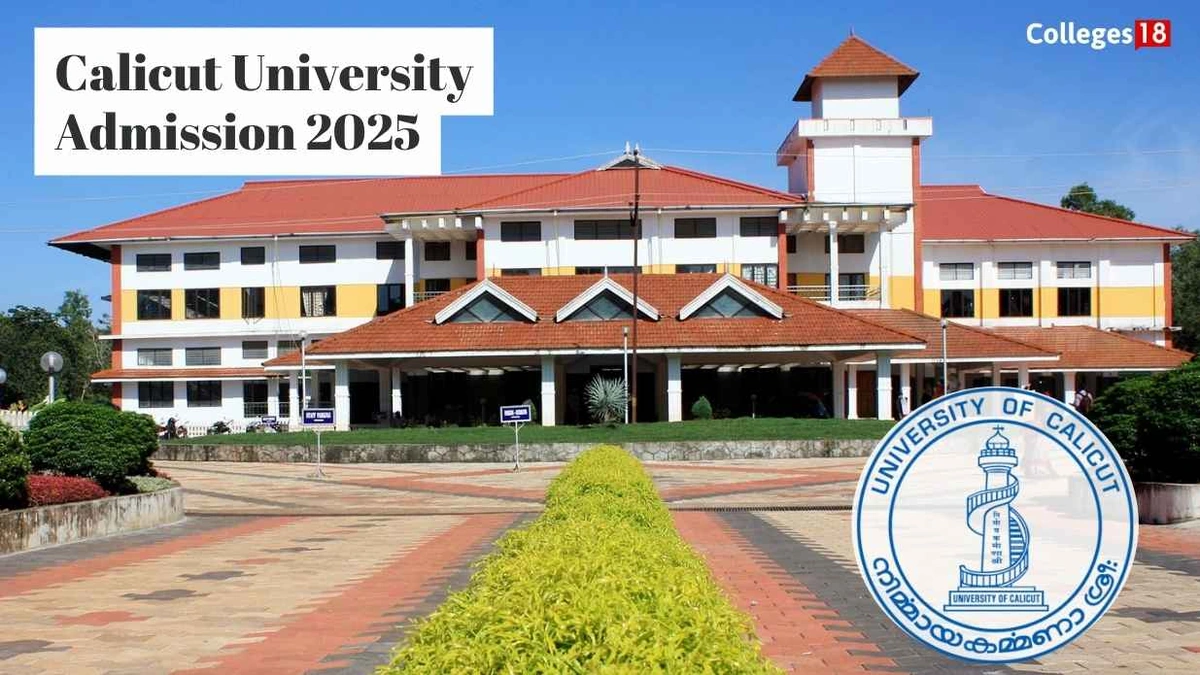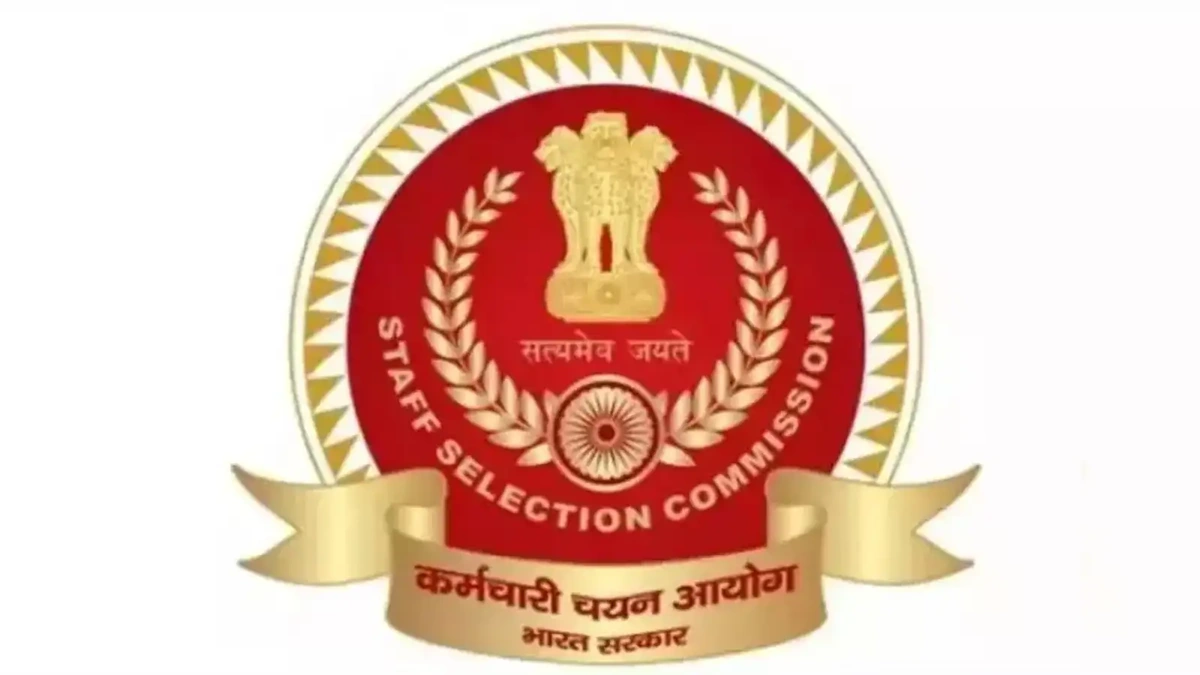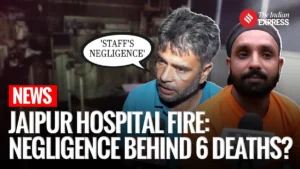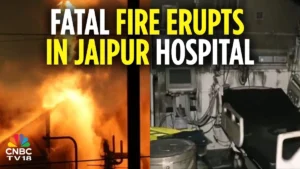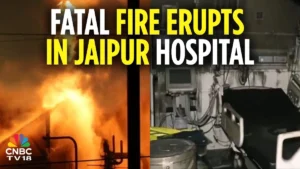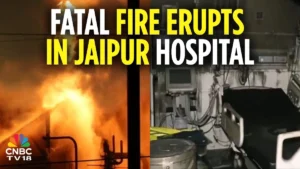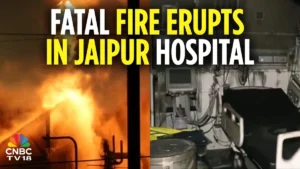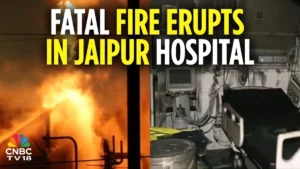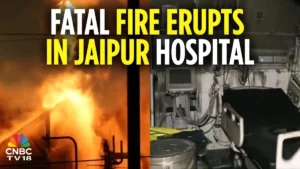Unlocking Your Child’s Potential | Decoding the RTE Act in India
Ever felt like navigating India’s education system is like trying to solve a Rubik’s Cube blindfolded? I get it. But, what if I told you there’s a powerful tool designed to make quality education accessible to all children – the Right to Education (RTE) Act? It’s not just some law gathering dust; it’s a game-changer. Let’s break it down in a way that actually makes sense, especially if you’re a parent, educator, or just someone curious about how India is shaping its future.
What Exactly IS the RTE Act?
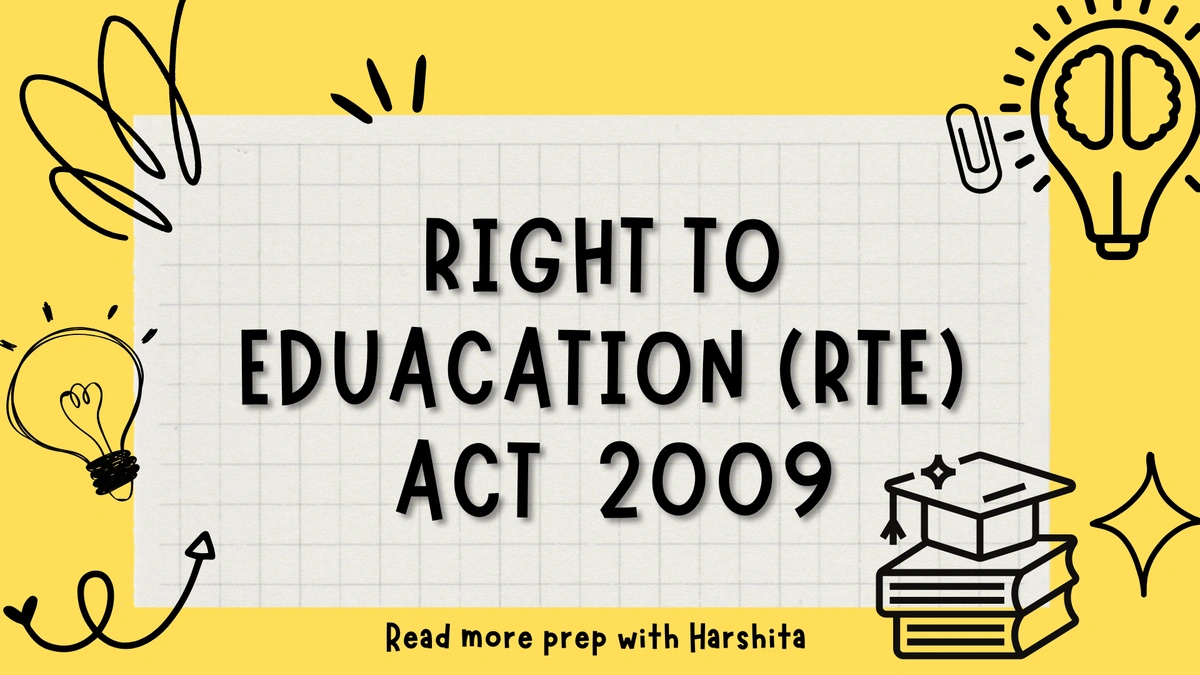
Think of the RTE Act, officially the “Right of Children to Free and Compulsory Education Act,” as a promise. A promise that every child between 6 and 14 years in India has the fundamental right to receive free and compulsory education. Sounds simple, right? But the implications are huge. It essentially places a legal obligation on the government and local authorities to ensure schooling is available and accessible.The official MHRD websiteoffers a deep dive into the specifics.
And when we say “free,” we mean truly free. No tuition fees, no hidden charges, no uniform costs – nothing that could prevent a child from attending school. What fascinates me is how this act tries to level the playing field, acknowledging that socio-economic background shouldn’t be a barrier to learning.
The “Why” Behind the Law | Addressing Educational Disparities
So, why was the RTE Act even necessary? Let’s be honest: before 2009, access to education was far from equal in India. Millions of children, particularly those from marginalized communities, were left behind due to poverty, social discrimination, and lack of infrastructure. The RTE Act aimed to correct these historical injustices and ensure that every child, regardless of their background, has the opportunity to receive a quality education. This addresses significant educational disparities in India.
The act goes beyond just getting children into schools. It also emphasizes the importance of creating a child-friendly and inclusive learning environment. This means no physical punishment, no discrimination, and a focus on holistic development. I initially thought this was straightforward, but then I realized the massive shift in mindset it requires from teachers and administrators, especially in areas where traditional teaching methods are deeply ingrained. The impact extends beyond mere enrollment; it’s about creating a space where children truly thrive.
How Does the RTE Act Impact Private Schools? (The 25% Rule)
Here’s where things get interesting. The RTE Act mandates that all private, unaided schools reserve 25% of their seats for children from economically weaker sections and disadvantaged groups. This provision, often called the “25% rule,” is one of the most debated aspects of the Act. It essentially aims to promote social inclusion and ensure that children from diverse backgrounds learn together. The goal is social inclusion, and creating a diverse learning atmosphere.
A common mistake I see people make is assuming that the 25% rule is simply about filling seats. It’s about creating a more equitable society. However, implementation of this rule has been a mixed bag, with challenges related to funding, admissions processes, and the social integration of students from different backgrounds. Schools often struggle to get reimbursed for the education they provide to these students. And what about the real-world impact on students?
But, it is worth looking into. Uptac Counselling provides resources to better understand the RTE act.
Navigating the Application Process | A Practical Guide for Parents
Okay, so you’re convinced the RTE Act is a good thing. But how do you actually benefit from it? Here’s a step-by-step guide to navigating the application process, based on my observations and interactions with parents who’ve been through it. It can seem daunting, but breaking it down makes it manageable.
- Gather Your Documents: This usually includes proof of age (birth certificate), address proof, income certificate (for EWS category), and caste certificate (if applicable). The specific documents required may vary slightly from state to state, so check your local education department’s website.
- Find Participating Schools: Each state has a list of private schools that are participating in the RTE quota. This list is usually available on the state education department’s website.
- Fill Out the Application Form: You can usually download the application form from the website or obtain it from the school. Fill it out carefully and accurately.
- Submit the Application: Submit the application form along with the required documents to the designated authority. Some states have online application portals, while others require you to submit the forms in person.
- Wait for the Lottery: In most cases, the number of applicants exceeds the number of available seats. Therefore, a lottery system is used to select the students.
The one thing you absolutely must double-check is the deadline for submitting applications. Missing the deadline is a common error that can be easily avoided. And, here’s a pro-tip: don’t wait until the last minute to start the process. Give yourself plenty of time to gather the documents and fill out the forms. Be prepared for potential delays and bureaucratic hurdles. Patience is key!
I found more information on brand analysison similar topics.
Challenges and the Road Ahead
Let’s be clear: the RTE Act is not a perfect solution. It faces numerous challenges, including inadequate infrastructure, teacher shortages, and resistance from some private schools. The quality of education in many government schools remains a major concern. According to the latest reports, significant teacher shortages need to be addressed. What fascinates me is the potential for innovative solutions, like leveraging technology to bridge the gap and improve teacher training. Inadequate infrastructure has to be fixed as well.
But the fact remains: The RTE Act has made a significant impact on access to education in India. Millions of children who would have otherwise been left behind are now in school. The road ahead involves addressing the challenges, strengthening the implementation of the Act, and ensuring that every child in India has the opportunity to receive a quality education. And, the official confirmation is still pending. It’s best to keep checking the official portal.
FAQ Section
Frequently Asked Questions About RTE
What if I don’t have all the required documents?
Contact your local education department. They may be able to help you obtain the necessary documents or provide alternative solutions.
Can I apply to multiple schools under the RTE quota?
Yes, you can usually apply to multiple schools. However, check the specific guidelines of your state education department.
What happens if my child is selected through the lottery but the school is far away?
You have the right to refuse the seat if the school is too far. You can then wait for the next round of admissions or apply to other schools.
What if a private school refuses to admit my child under the RTE quota?
You can file a complaint with the state education department. The department is responsible for ensuring that private schools comply with the RTE Act.
Is there a specific income criteria to qualify for RTE?
Yes, there is an income limit that varies from state to state. Please check with your local education department for specifics.
Does RTE apply to pre-school or nursery admissions?
Some states have extended the RTE provisions to include pre-school or nursery admissions. Check your state’s RTE guidelines.
